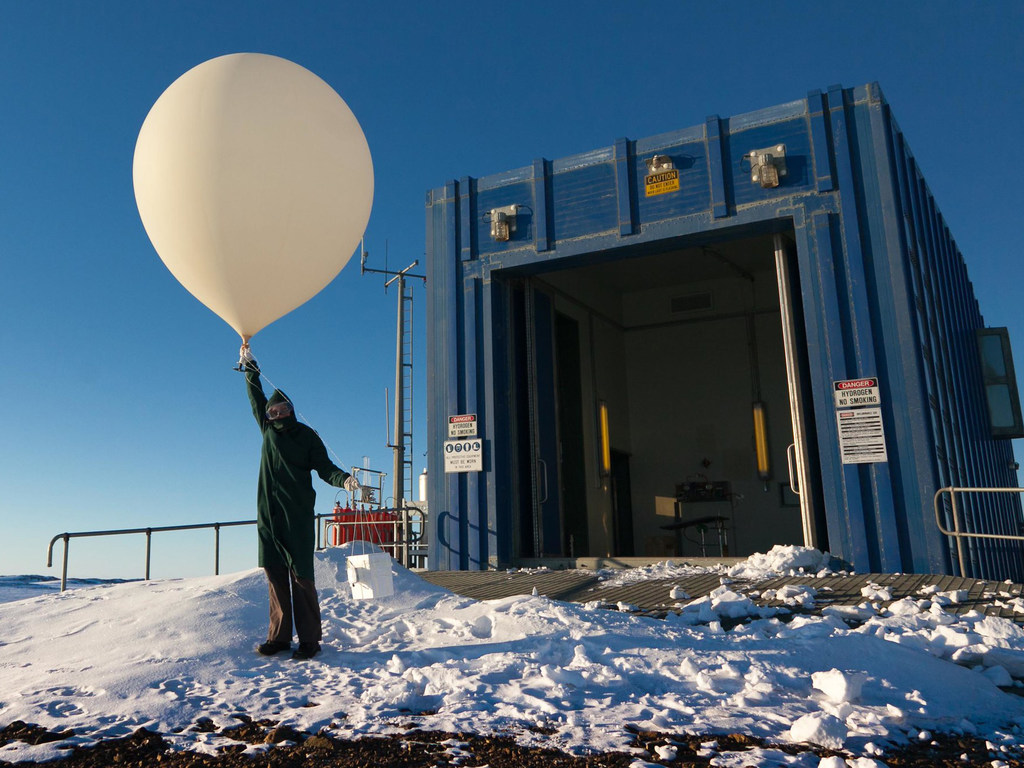Summary:
-
This comes in response to recent news reports about Canada and the United States shooting down several flying objects, including an alleged Chinese “spy balloon,” inside their borders.
-
“Important input for the global system According to the WMO, more than 50 satellites gather data from space, while 400 planes flown by 40 commercial aviation firms collect data from the skies.
-
Daily observations are collected by about 1,000 balloons, which offer information in real-time.
-
More than two dozen weather balloon stations make two observations daily, and between 100 and 200 more reports are made daily.
-
WMO says that much of its work goes into the Global Observing System, one of the most ambitious and valuable examples of international cooperation in the last 60 years.
The World Meteorological Organization (WMO) says that weather balloons only add a small amount to the millions of observations made worldwide. This comes in response to recent news reports about Canada and the United States shooting down several flying objects, including an alleged Chinese “spy balloon,” inside their borders.
Three unmanned aerial vehicles were shot down by the US military last weekend. There was a lot of talk about them for days, but on Thursday, US President Joe Biden said they were “most likely connected to private corporations, entertainment, or research institutes.”
Important input for the global system
According to the WMO, more than 50 satellites gather data from space, while 400 planes flown by 40 commercial aviation firms collect data from the skies.
Aside from the 10,000 automated and land-based monitoring stations worldwide, there are also about 400 anchored buoys, 1,250 drifting buoys, and 7,300 ships that help from the oceans.

A weather balloon is getting ready to be released at an Australian outpost in the Antarctic.
1,000 flights per day
Every day, people in more than 900 places around the world let go of latex balloons at the same time. Daily observations are collected by about 1,000 balloons, which offer real-time information.
The valuable data collected helps computer forecast models, gives meteorologists local data they can use to predict storms in their area, makes it easier to keep an eye on the climate, and gives researchers data they can use to learn more about how weather and climate work.
The WMO says that all forecasters in the world use computer models that use information from weather balloons.
The floating data collectors are in the air for about two hours because they are outfitted with radiosondes powered by batteries and record observations.
35 kilometres or higher
Before bursting and plummeting back to Earth under a parachute, they measure pressure, wind speed, temperature, and humidity from just above the ground to heights of up to 35 kilometers while enduring temperatures as low as -95 °C (-139 °F).
They have been a part of the global observing network for a long time and are the principal place where data from above-ground sources is kept. More than two dozen weather balloon stations make two observations daily, and between 100 and 200 more reports are made daily.
WMO says that much of its work goes into the Global Observing System, one of the most ambitious and valuable examples of international cooperation in the last 60 years.
The system comprises many surface- and space-based observational systems owned and operated by numerous national and international organizations.

